Misaligned frames, mildew growth, frames that fall because you used the wrong picture hangers — these are some of the issues in picture hanging that can be annoying if left unsolved. Fortunately, they are pretty easy to fix.
Here’s a list of all the common picture hanging problems and how you can easily solve them!
Problem #1: Tilting Frames, Slipping Frames, and Scratches on The Wall

Tilting and slipping frames, and scratches on the wall are minor but frustrating issues. It can affect the viewing experience and risk damage to your frame and wall, which is a no-no especially in places like an art gallery or a museum.
The best way to address these issues? Get picture-hanging bumpers.
We recommend getting bumpers with more wall standoff for tilting issues such as the Square Tapered Bumpers or the Tall Round Bumpers. On the other hand, any type of bumper will do for slipping and scratches on the wall, as long as it's suitable for your application.
RELATED ARTICLE: Picture Hanging Bumpers Buyer Guide
Problem #2: Crooked or Misaligned Frames

Crookedness is something that can be fixed right then and there. Usually, small frames can hang straight with just one hook. However, we recommend using two hooks to ensure the frame is level for larger pictures and art.
If you’ve done that and the frame is still crooked, follow these tips:
- Use a level when installing picture hanging hardware and hanging pictures.
- Use bumpers to keep the frame from moving.
- Use mounting putty at the back of the frame.
There’s nothing more satisfying than seeing pictures and paintings hanging straight on the wall. It looks elegant and clean.
Problem #3: Falling Frames

We’ve said this once, and we’ll say it again, a frame crashing to the ground is a nightmare, especially if it's high-value art or an expensive frame. Pictures or art pieces fall when the hardware is installed incorrectly or when you use the wrong picture hanger.
The key to avoiding this scenario is to choose the proper hangers and install them correctly.
To choose the right type of picture hanger, select a hanger that can support 1-3 times the weight of your object. Then, read the instructions and install them accordingly.
Problem #4: Leaving High-Value Pieces Unattended

In museums and art galleries, protecting the art pieces is a must which may entail using special hardware and a security guard to keep watch. These places are high-traffic areas with several high-value art pieces on display with the risk of accidents and potential theft.
Other places that may benefit from extra security (without needing to hire a security guard as the art may not be as valuable), would be hotels, hospitals, movie theaters and any public area.
In cases like these, we recommend security kits. These kits are composed of the necessary picture hanging hardware with the primary purpose of giving additional security to hanging artwork. They are designed to stay hidden, giving an elegant overall look.
Here’s what’s inside a Security Kit:

Problem #5: Awkward Spacing In-Between Frames

Awkward spacing can happen when creating a gallery wall. Depending on one’s preference, some consider it quirky. But sometimes, uneven spacing in between frames can look off, especially in commercial spaces.
This usually happens when you hang frames on the wall directly without planning the layout.
The trick to having clean and even spacing is to use paper templates. We’ve mentioned this in many of our previous articles, and that’s because this trick works like a charm. It allows you to plan your layout before drilling or installing anything.
Here’s what you need to do:
- Trace your frames on paper.
- Cut them to size.
- Place your paper templates on the wall using painter’s tape.
If you need more tips on layout, check this guide to picture hanging like a pro.
Problem #6: Using The Wrong Picture Hanging Hardware on a Specific Type of Wall

Aside from weight and frame material, wall-type compatibility is another thing to check when buying picture hangers. A lot of them are designed for specific wall substrates only.
For example, brass hooks can only be used on drywalls and plaster walls. Meanwhile, some products are compatible with all types of walls, like wall dog screws.
That being said, here’s a list of Picture Hang Solutions products and their wall-type compatibility for easy reference.

Problem #7: Mildew Growth

Have you ever encountered dark spots forming on the back of your frame?
Those dark spots are mildew. It’s a form of fungus, closely associated with mold but is easily distinguishable by its color.
Mildew is formed because of humidity and moisture which can grow on organic matter like wood and paper. Their growth can occur when your frames are hanging flush to the wall without any airflow.
One way to fix this is to use bumpers to elevate it from the wall slightly. Doing so opens up space between the wall and frame, allowing air to pass through.
Problem #8: Art is Too High or Too Low

Hanging art too high or too low may cause neck strain to those viewing the art. Anyone running a gallery or a museum knows that this is something you’ll never want visitors to experience.
A good rule of thumb to follow is to make sure that the midpoint of the frame is 57-60 inches off the floor. Following the correct eye level will improve the viewing experience and make your display look professional.
Problem #9: Hanging Frames in High-Traffic or Earthquake-Prone Areas

Frames have a higher risk of falling in places with many people or in spaces that shake quickly because of movement—for example, a frame on a wall beside a door.
Every time the door closes, the wall vibrates, and the frame is most likely to inch closer to the edge of the hook, nail, or screw. The frame may eventually fall if the same thing occurs every day.
To avoid this, hang pictures and art using tremor hooks or security kits. These hangers lock in the frames to provide additional security on the wall.
Tremor hooks are similar to brass hooks but they have a locking mechanism that keeps the picture hanging wire in place.
Security kits come with wall brackets, mounting plates, and a T-head screw. When installed, it provides a multi-point contact ensuring a more secure wall hanging.
Final Thoughts
These issues can be frustrating but there are simple solutions, and we can help you tackle them! If you’re facing an issue you need help with, let us know in the comments below or send us an email at support@picturehangsolutions.com!


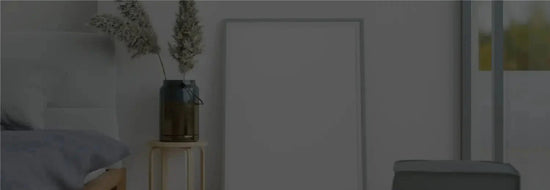

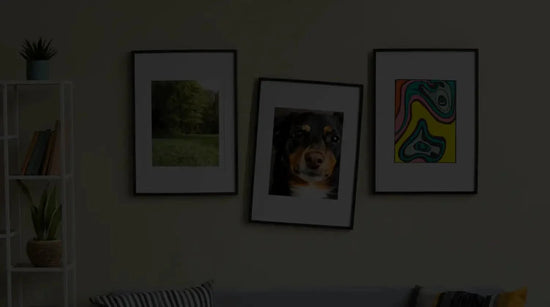
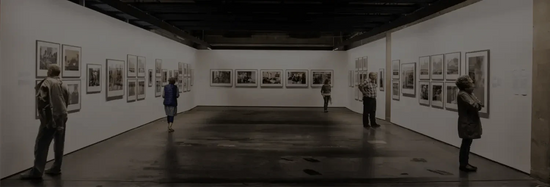

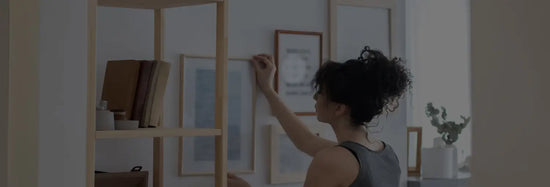
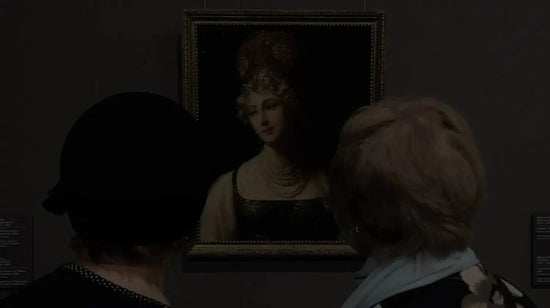
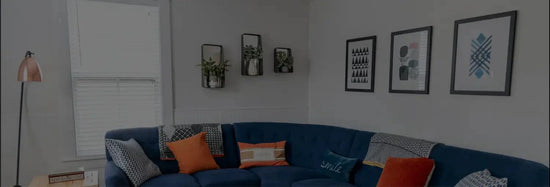
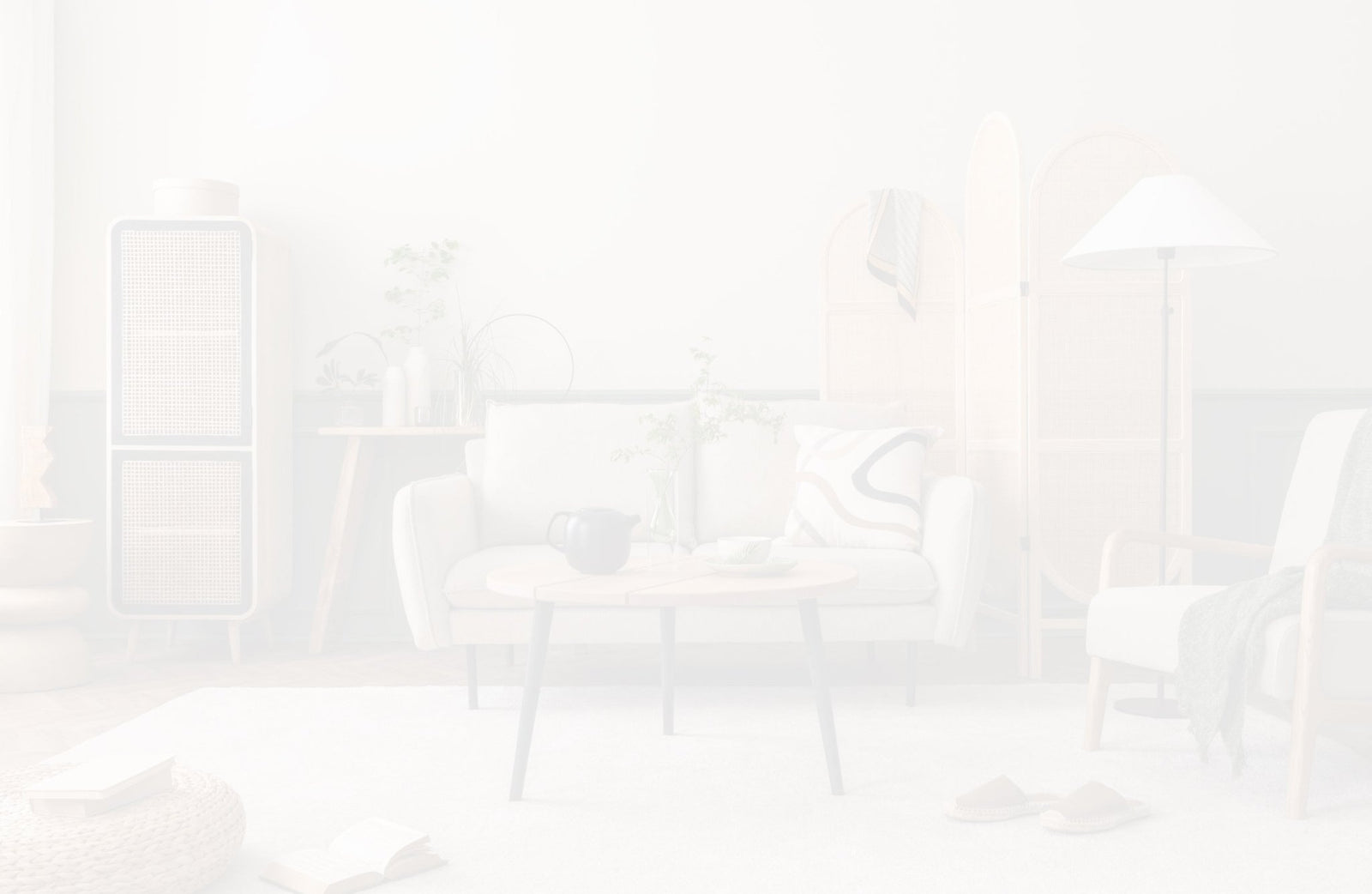

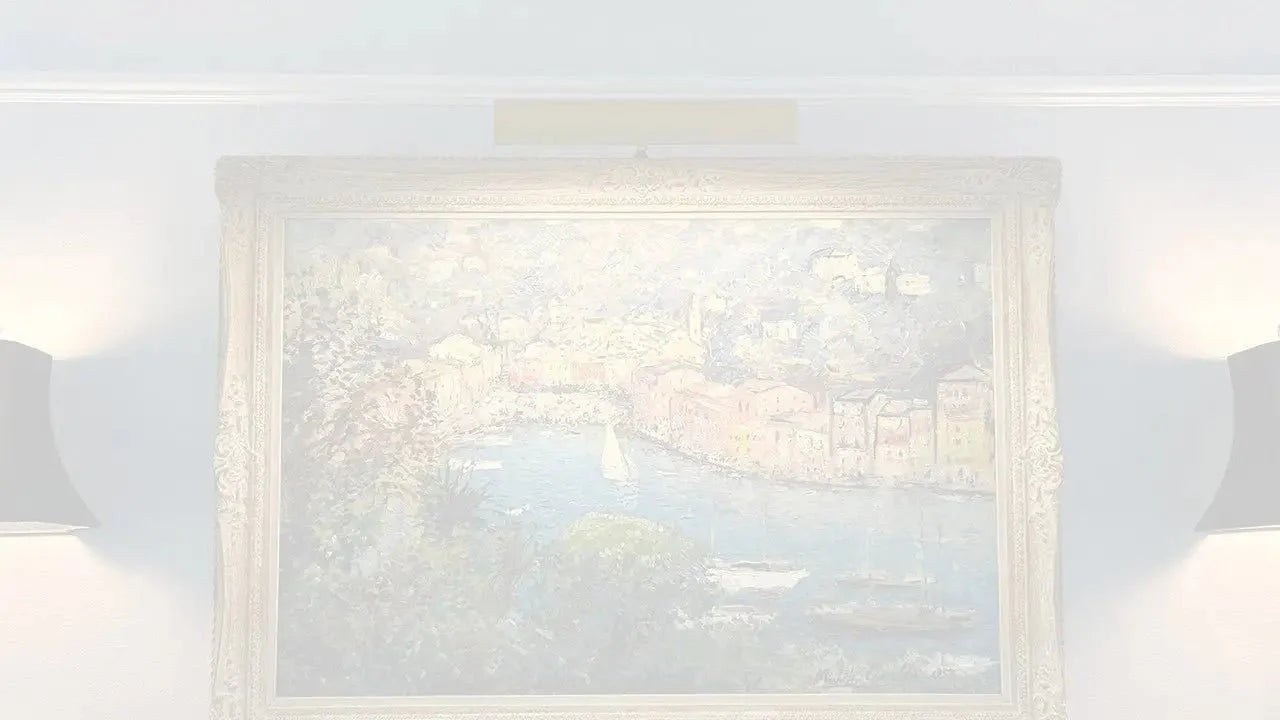
Leave a comment (all fields required)